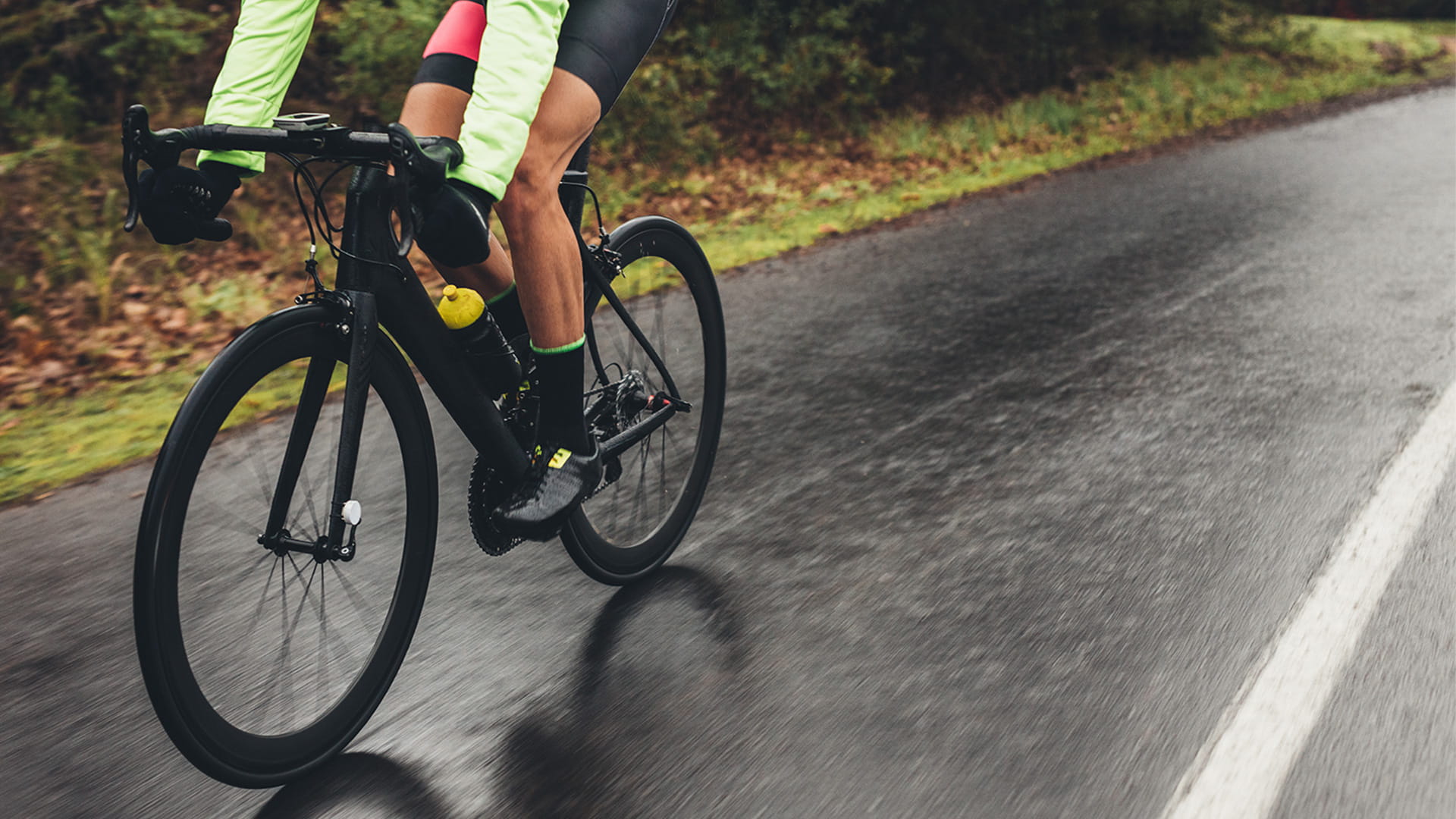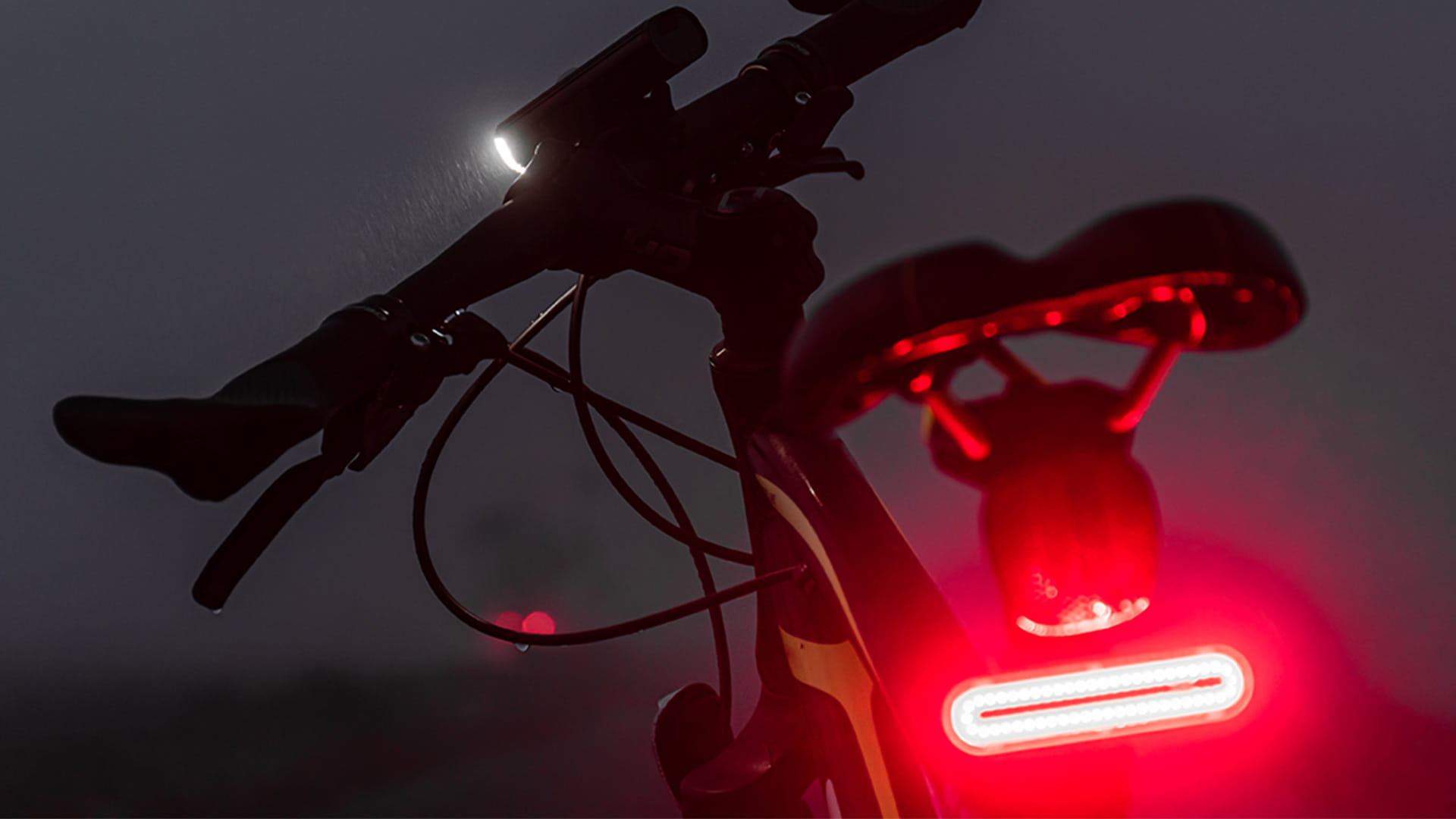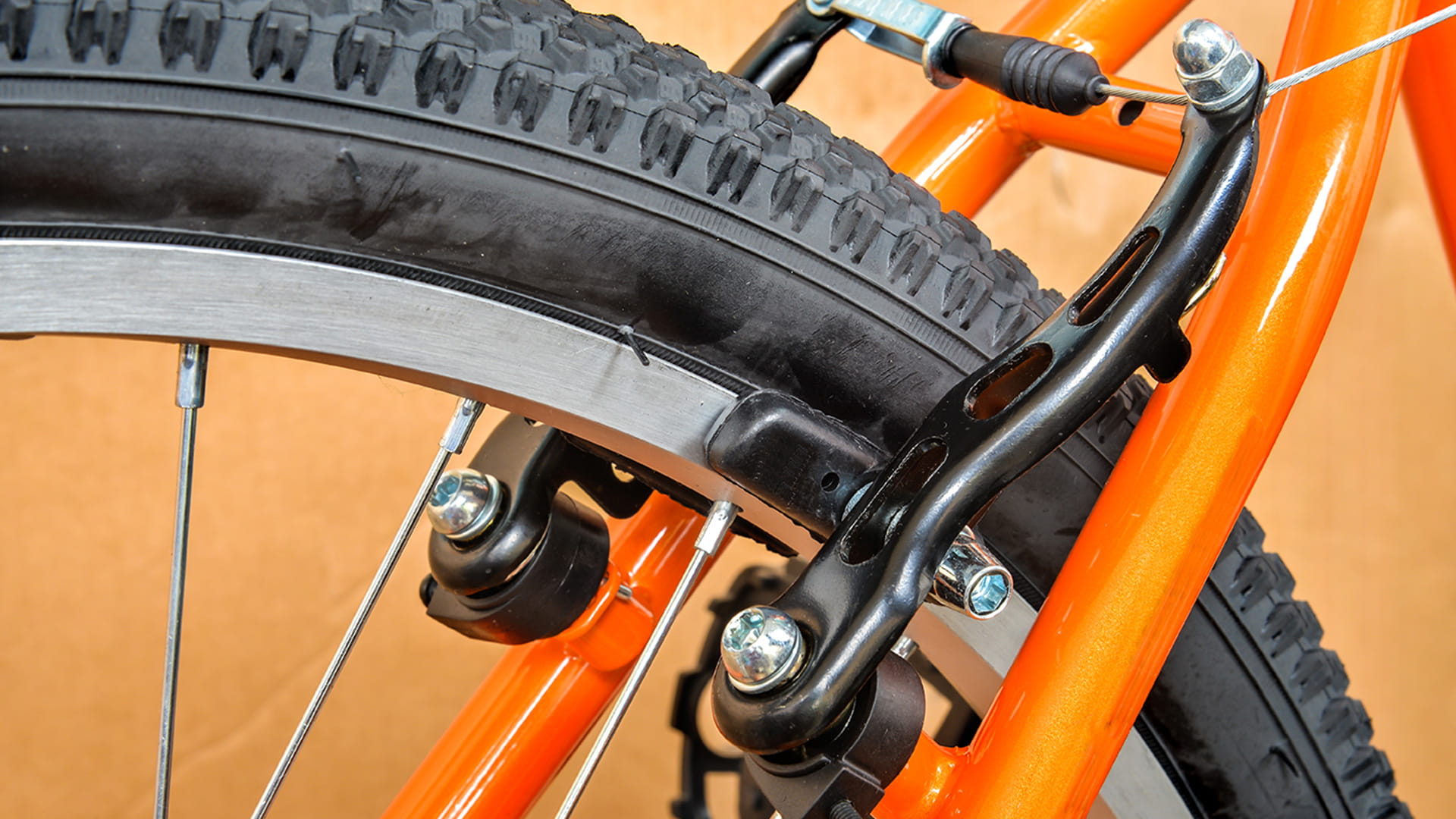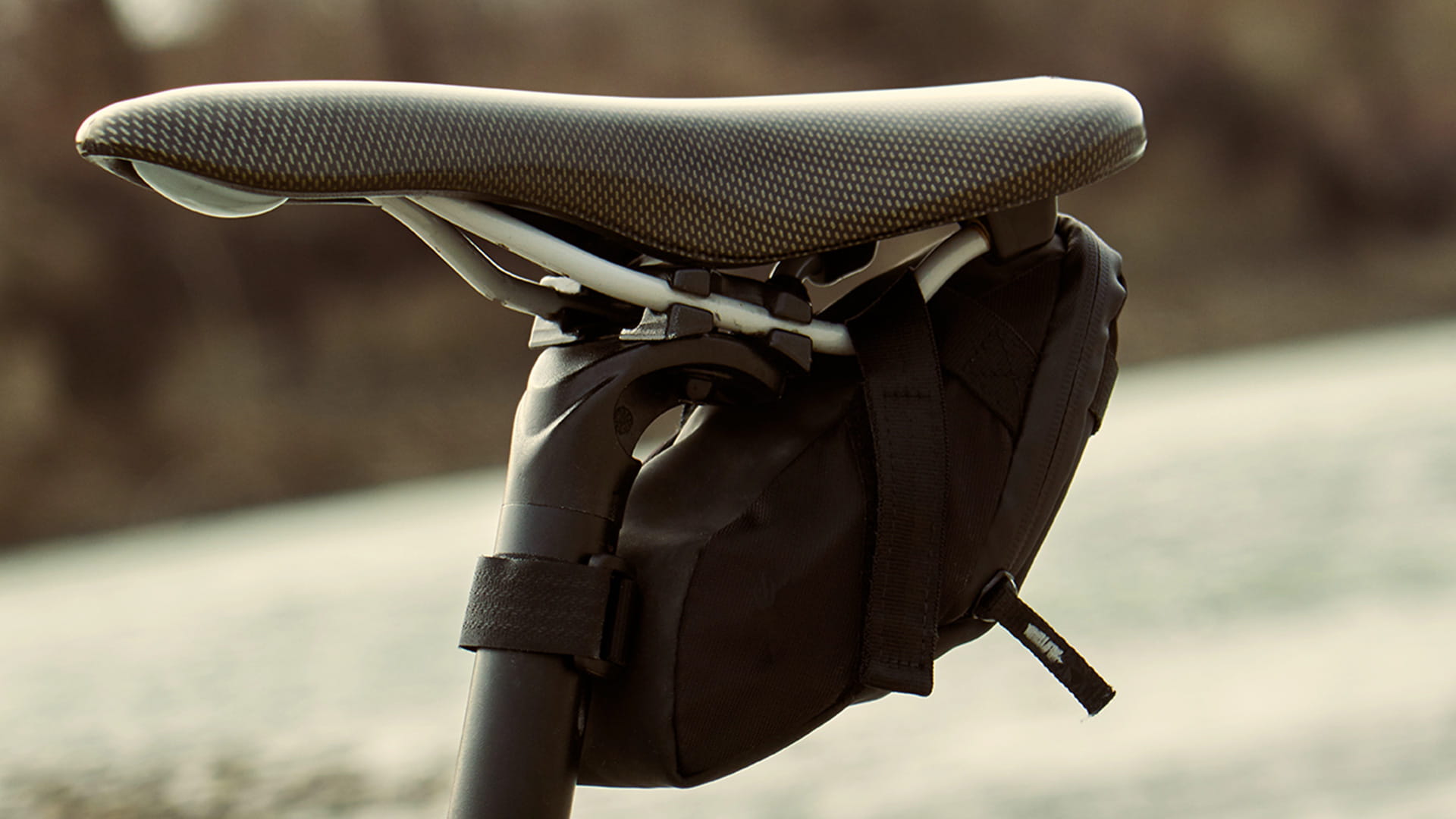If this is your first winter riding, we have nine essential tips to ensure your bike emerges from the colder and darker months in a good condition.
As the nights draw in and the temperatures drop, it can seem less tempting to head out for a ride. Freezing headwinds and driving rain don’t just take their toll on you, the weather conditions can also damage your bike. But, a proper care routine and a few small, game-changing purchases will help see you through to spring. What’s more, you’ll be fitter, faster and ready to take on those longer rides come the new year!
Here’s how to winter-proof your bike.





